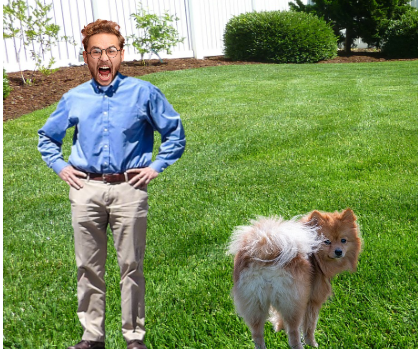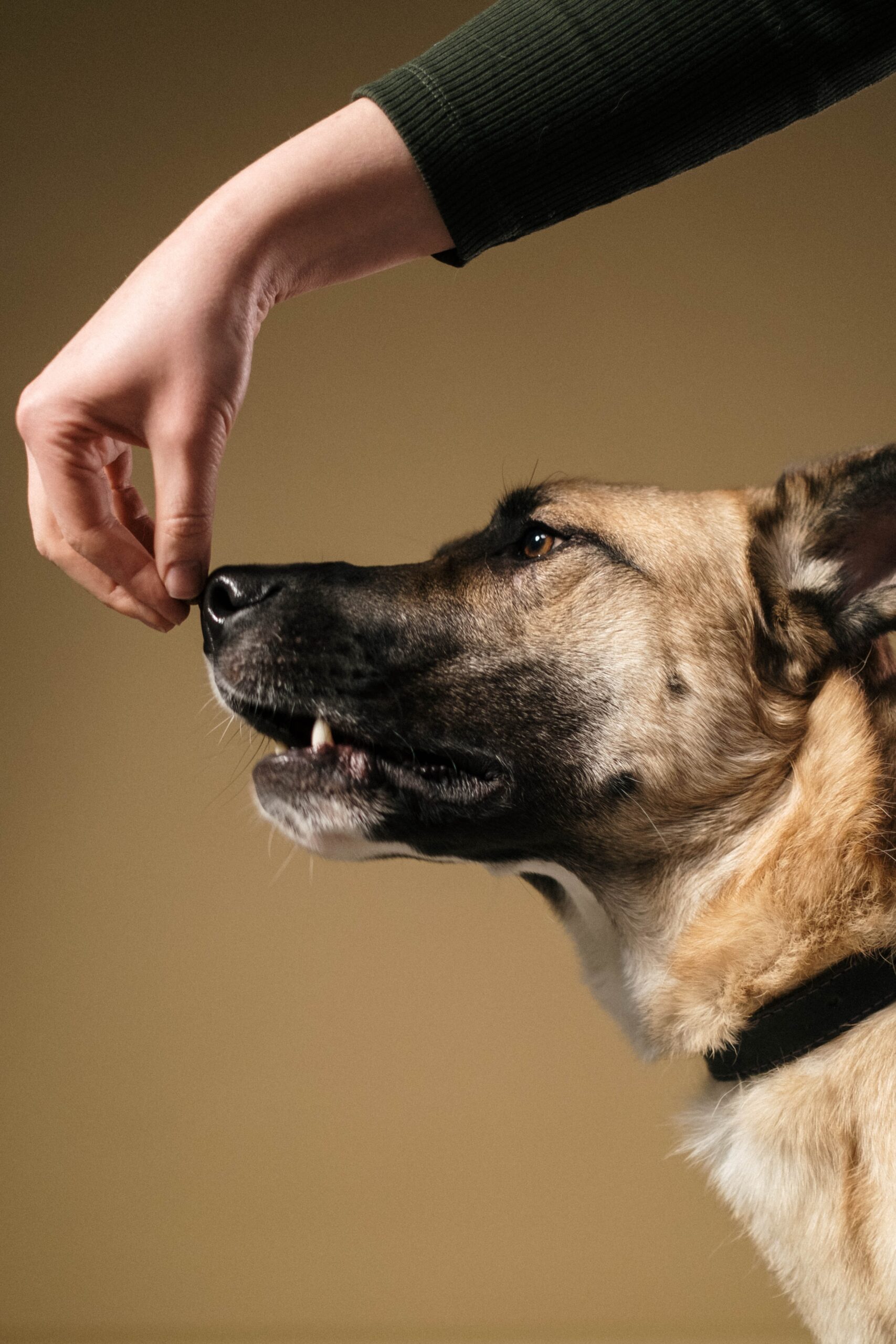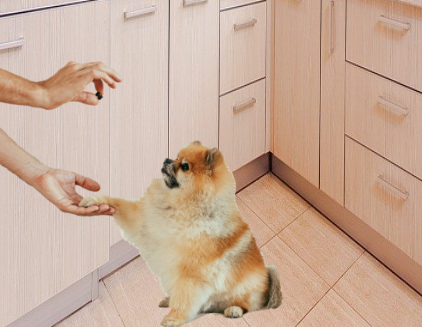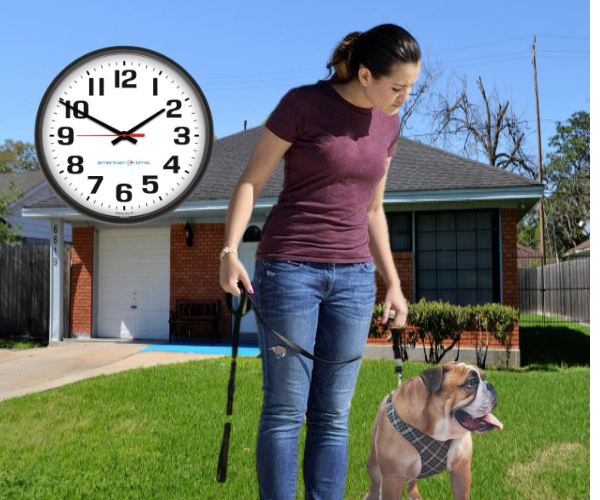The positive reinforcement dog training post contains affiliate links. Learn more on my Affiliate Disclosure page.
In this blog post, we’ll cover the basics of positive reinforcement dog training and all the benefits of choosing this approach to train your loyal companion.
Are you looking for a way to train your pup without punishment and reprimands? Positive reinforcement dog training might be the solution.
First, you can get your dog to listen and obey your commands. Then, using positive reinforcement, you can reward your pup for good behavior, ensuring that your furry friend stays happy and eager to learn.
Understanding Positive Reinforcement Dog Training
Positive reinforcement dog training is a training technique that rewards good behavior and ignores or redirects bad behavior.
For example, when your dog does a desired behavior you asked for, you immediately reward it. The reward could be treats, toys, or verbal praise. The principle here is dogs will repeat behavior where they get a reward.
Positive reinforcement training encourages dogs to make good choices and build strong bonds with their owners. It is a humane and effective way to train dogs because it focuses on positive reinforcement rather than punishment. Learn more about positive reinforcement click here.
The Benefits of
Positive Reinforcement Training
Positive reinforcement training has many benefits for dogs and their owners.
First and foremost, it is a humane way to train dogs. It does not involve physical punishment or domination, which can damage the relationship between dogs and their owners. Instead, it focuses on rewarding good behavior and ignoring or redirecting lousy behavior.
The reward creates a positive relationship between dogs and their owners, which benefits both parties.
Positive reinforcement training also builds a strong bond between dogs and their owners. When dogs get rewarded for good behavior, they can learn to trust and respect their owners. The reward creates a positive relationship between dogs and their owners, which benefits both parties.
Finally, positive reinforcement training is practical. Studies have shown that dogs trained using positive reinforcement techniques are more obedient, have better behavior, and are happier than dogs trained using punishment-based techniques.
Best Dog Training Treats
Positive Reinforcement vs.
Punishment-Based Training
Positive reinforcement training and punishment-based training are two different training techniques.
Dog behaviorists have found that positive reinforcement training rewards good behavior and ignores or redirects bad behavior. On the other hand, punishment-based training focuses on punishing bad behavior and forcing dogs to comply with commands.
Punishment-based training can be harmful to dogs and their owners. It can damage the relationship between dogs and their owners and cause psychological distress for dogs. It can also lead to aggressive dog behavior and increase the risk of injury.
Punishment-based training can be harmful to dogs and their owners causing psychological distress for dogs

Positive reinforcement training is a humane and effective way to train dogs. It focuses on building a positive and rewarding relationship between dogs and their owners, which benefits both parties.
The Science Behind
Positive Reinforcement Training
The positive reinforcement training principle is another form of operant conditioning: learning through consequences. In this process, specific behaviors results in an identifiable outcome.
When a reward follows a behavior, the behavior is more likely to be repeated. When a punishment follows a behavior, the behavior is less likely to be repeated.
Studies have shown that positive reinforcement training is practical because it activates the reward centers in the brain..

For example, when you reward your dog for good behavior, their brains release dopamine, a neurotransmitter associated with pleasure and reward. As a result, you can create a positive association between the behavior and the reward, making the behavior more likely to be repeated.
How to Train Your Dog
Getting started with positive reinforcement training for how to train your dog is easy. The first step is to choose a reward that your dog loves. For example, you can give a treat, a toy, or verbal praise.
The next step is observing your dog and looking for good behavior you want to encourage. Then, when your dog performs the desired behavior, immediately reward it with the chosen reward.
It is essential to be consistent with positive reinforcement training.

For example, you consistently reward desired behavior and ignore bad behavior. It is also necessary to use a positive and encouraging tone of voice to reinforce good behavior.
Tips for Successful
Positive Reinforcement Training
Positive reinforcement training can be successful if done correctly. At Pro Paw Tips, you can discover some tips to help you achieve success quickly:
- Be consistent: You reward immediately after your dog performs the desired behavior, and bad behavior should be ignored or redirected.
- Use a positive tone of voice: A positive and encouraging manner reinforces good behavior.
- Be patient: Positive reinforcement training takes time and patience. It may take several repetitions for your dog to learn a new behavior.
- Use high-value rewards: Use rewards that your dog loves to motivate them.
- Keep training sessions short: Short training sessions are more effective than long ones. Keep training sessions to 10-15 minutes.
Check out the American Kennel Club website for more information on positive reinforcement dog training.

Common Mistakes to Avoid
When Using Positive Reinforcement Training
At Pro Paw Tips dog training, you will discover the common mistakes to avoid when using positive reinforcement training. These include:
- Overusing treats: You should use treats sparingly to prevent weight gain and to maintain their value as a reward.
- Inconsistency: Your training process will take longer if you do not practice consistency
- Using punishment: Punishment-based training can damage the relationship between dogs and their owners and cause psychological distress for dogs.
- Not using a positive tone of voice: A positive and encouraging manner reinforces good behavior.
Common Dog Behaviors
- House training: Reward your dog for going potty outside and ignore accidents inside.
- Leash training: Reward your dog for walking on a loose leash and ignore pulling.
- Basic obedience: Reward your dog for sitting, staying, and coming when called.
Positive Reinforcement Training for Special Cases
You can also use positive reinforcement training for exceptional cases, such as rescue and aggressive dogs.
- Rescue dogs may have behavior issues due to past experiences, and positive reinforcement training can help them overcome them.
- Aggressive dogs may also benefit from positive reinforcement training, as it can help them to learn new behaviors and control their impulses.
K9 Training Institute Free Workshop
The K9 Training Institute offers a free workshop where you can learn firsthand their effective training methods.
The Free Workshop emphasizes building a solid bond between you and your pup. They explain how to apply positive reinforcement techniques that make learning enjoyable for dogs and their owners.
Does your dog tug on its leash, bark constantly, and won't come when called? Sign Up and get the FREE Obedience Training Workshop Now!
Conclusion and Resources for Further Learning on Positive Reinforcement Training
Positive reinforcement training is a humane and effective way to train dogs.
It focuses on rewarding good behavior and building a positive and rewarding relationship between dogs and their owners. By following the tips and avoiding common mistakes, you can achieve success with positive reinforcement training.
Many resources are available online and in person to learn more about positive reinforcement training. You can also learn more about positive reinforcement from books, videos, and classes focusing on positive reinforcement training can be found.
You can succeed with positive reinforcement dog training techniques with time, patience, and consistency.

Below are links to other dog breed training tips:nter your text here...


